5 THINGS YOU NEVER KNEW ABOUT CHEMEX
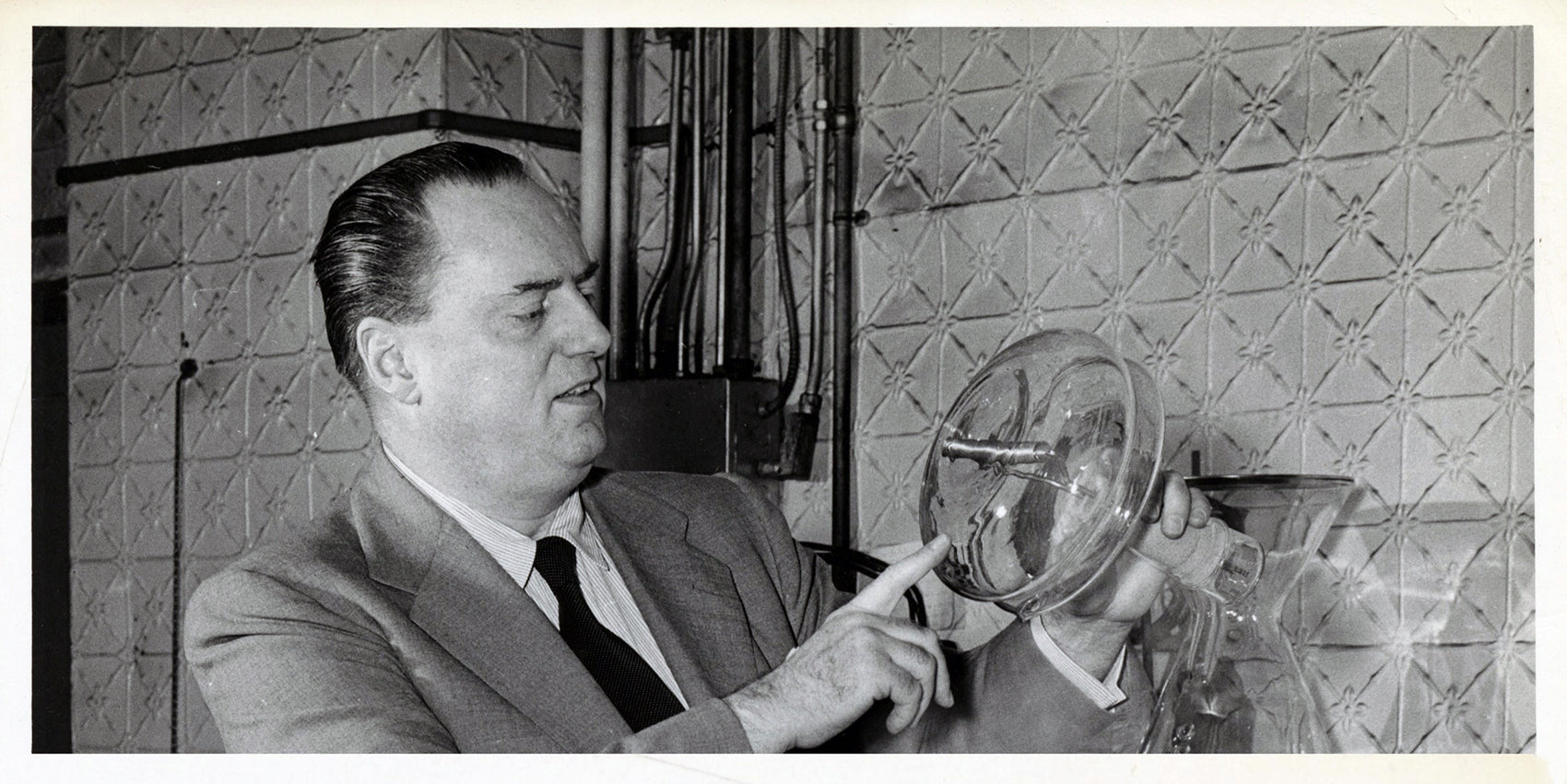
Invented by eccentric chemist Peter Schlumbohm in 1941, the Chemex is undoubtedly the most iconic coffee maker off all time, with its timeless, conical shape and distinct brew quality. Chemex coffee is clean and highlights any coffee's nuanced notes beautifully. Simply, the Chemex makes coffee shine.
Clearly a product of its time, the Chemex feels just like a painted 1940s newspaper ad, with its smooth surface and natural elements. At the same time, however, the Chemex is also timeless. Seeing a Chemex in the 1953 Bond novel From Russia, with Love feels the same as seeing it in several late-90s episodes of Friends. And both feel the same as seeing it on your kitchen counter. Like Billy Pilgrim, it's a brewer unstuck in time.
Chemex exists in this paradox where it's both futuristic and primitive at the same time. If its history weren't so well documented, you'd swear the conical marvel was from a different planet. We don't know if extraterrestrials make coffee, but if they did, we bet they'd use a Chemex. Their coffee setups must be, dare we say, out of this world.
Most people know the Chemex as it is today—the proverbial gold-standard of coffee brewing—and possibly some of its rich history, but there are some little-known facts that have flown under the radar. In honor of Chemex's 80th birthday, we want to celebrate all the brewer's glory, especially the parts you may not know.
So here are 5 things you never knew about Chemex.
-
1. UGLY BEGINNINGS

The Chemex has long been lauded for its beautiful design and soft shape, but it didn't start out that way. Obviously, prototypes and first drafts rarely look like their final product—the Chemex is a perfect example of this. The ornamental sketches for the very first Chemex (fig. 1) featured a curved glass handle connected to the neck of the brewer, a broader brewing cone (fig. 3), and even a spout (fig. 4). Remember, beauty is in the eye of the brew-holder.

If you look closely, though, you can see everything the Chemex (and its different versions) would come to be. The curved handle and spout would be used for the Chettle, the elongated neck for the Water Kettle, and the glass handle would get its own series. These initial sketches aren't just patchworks, they're Schlumbohm looking into the future of the company.
-
2. THE PYREX CHEMEX
The second iteration of the Chemex coffee maker was made with Pyrex borosilicate glass, a product of Corning Glass Works (now Corning, Inc.). Those particular brewers are distinguished by a green stamp on either the bottom or the top funnel that reads, “CHEMEX® U.S. PATENT 2,411,340 MADE IN U.S.A. FROM PYREX® BRAND GLASS.” Interestingly, these brewers have three standing feet on the bottom as well, whereas the modern Chemex doesn't.
The green stamp also signified the glass was Flameware, meaning it could withstand the heat of a stovetop without breaking. You can still find these vintage Pyrex glass Chemex coffeemakers on eBay and other similar sites, but if you really want one, be prepared to pay double (or more!) the cost of a new model. According to Sprudge, the Chemex is now hand-blown in Croatia and Taiwan.
-
3. ICED COFFEE ON THE BRAIN
The Chemex's neck and groove spout were originally designed for iced coffee. Schlumbohm was likely watching the rising popularity of iced coffee in the 1920s and figured the cold bev was here to stay. It's safe to say he was right. This is going to sound crazy, but ice cubes were larger in the 1940s, dubbed a “suitable size” by Frigidaire in 1928. “Suitable” in those days meant large—larger than the goofy, shaped molds we have today.
Where is this going, you may be wondering. The Chemex's neck was intentionally slim to not only hold a paper filter but also to keep ice from escaping as the iced coffee is poured, which is also where the groove comes in. It allowed the iced coffee to flow smoothly beneath the ice without disrupting the singular mass the individual cubes formed as the brew cooled. Our modern-day ice cube trays make cubes that are too small that they hardly have time to fuse together.
We love Chemex so much that we did ice cube research.
-
4. THE CHEMEX PERCOLATOR THAT NEVER WAS

In July of 1954, Schlumbohm filed for a patent for a “COFFEE MAKER” that was essentially a Chemex with a convex bottom and a hollow tube running up it, clamped at the neck to be partially submerged in a pot of water. Confusing, right? Once everything was in place, the boiling water would travel from the pot up through the tube and saturate the coffee grounds, though not evenly. In his patent, Schlumbohm recommended placing a circular cut of filter paper atop the grounds, sort of like a Melodrip, to help coat the grounds more evenly.
Unlike the common percolator, however, “the filtrate (coffee) does not recirculate,” said Schlumbohm, but rather rests at the bottom of the brewer, kept warm by the heating element it's on. What concerns us the most is the singular handle extending from and curving around the top of the brewer. We have enough anxiety in 2021—we don't need this. We also find it funny that Schlumbohm made the greatest brewer of all time, and then tried to make a percolator, which makes coffee that is (sorry, perk fans) notoriously less tasty.
-
5. 1957 CALLED, THEY WANT THEIR FUNNEX BACK

The Funnex debuted in early 2020 and was marketed as Chemex's first pour-over cone. Using a half-moon paper filter, the Funnex delivers a Chemex-comparable cup without making too much coffee. We know, we know—there's no such thing as too much coffee. Sometimes, though, you just want a clean, sweet cup of Chemex coffee just for yourself. While the Funnex is undoubtedly worthy of its laurels, it wasn't the first of its kind for Chemex.

In 1957, Schlumbohm, ever watching the trends, filed his patent for a much-sharper-looking Funnex in March 1957, around the same time as the now-super-famous Hario V60 Dripper. Unlike the V60, however, this early Funnex never got very far past the patent, ultimately missing the big market the V60 would go on to lead as specialty coffee grew in popularity. Reading through the patent, it seems like the name, “Funnex,” may be an amalgamation of “funnel,” referring to the pouring mouth of the brewer, and “apex,” the closed end through which the tip of the funnel protrudes. Cool.
Whether you brew in a 10-cup Chemex or a single-cup Funnex, we think you'll love the way the Chemex method makes coffee even more delicious (especially if it's Fresh Roasted)! We're adding our voice to the millions of people thanking Dr. Schlumbohm for his invention and wishing Chemex a happy 80th birthday. So raise your mug along with us—here's to the next 80 delectable years!
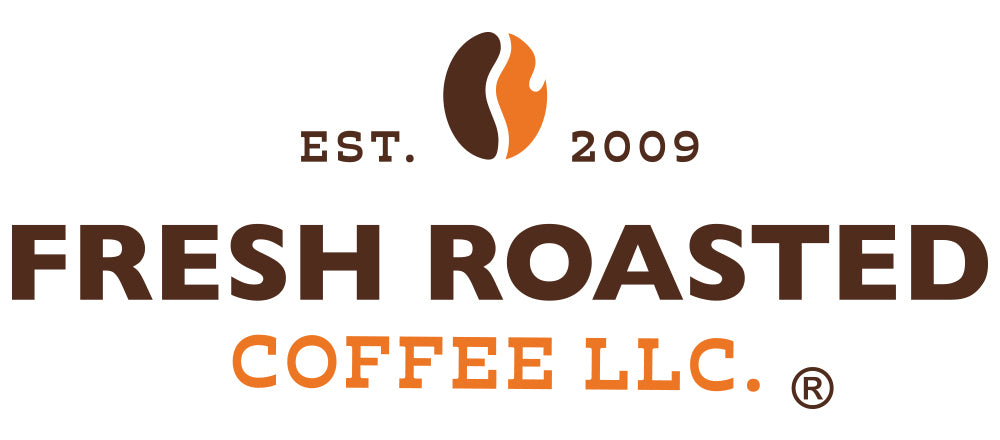
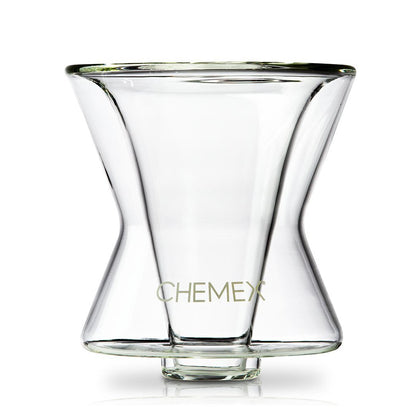
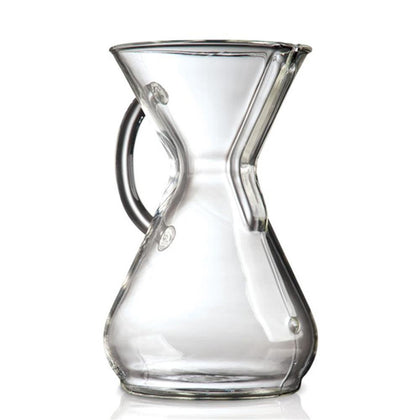
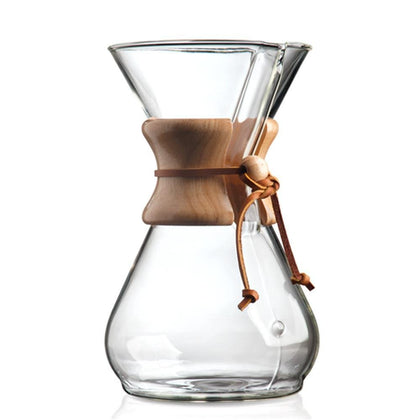
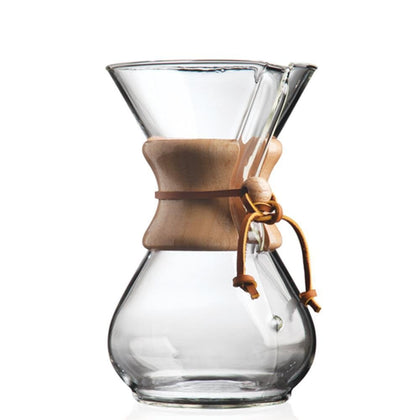
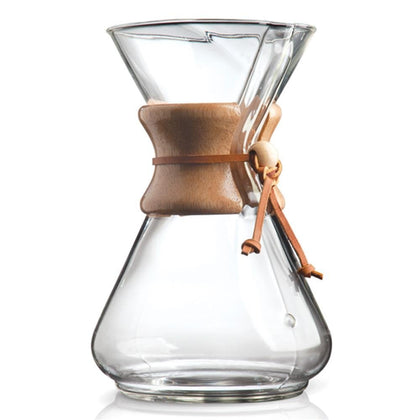

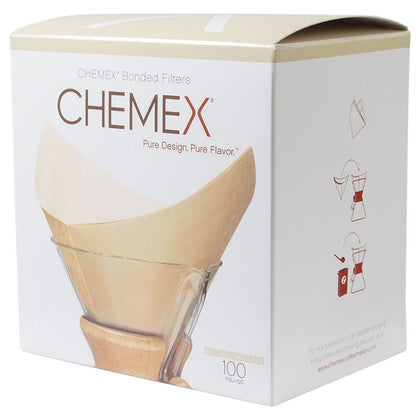
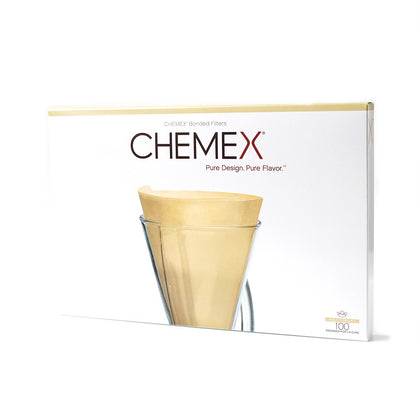
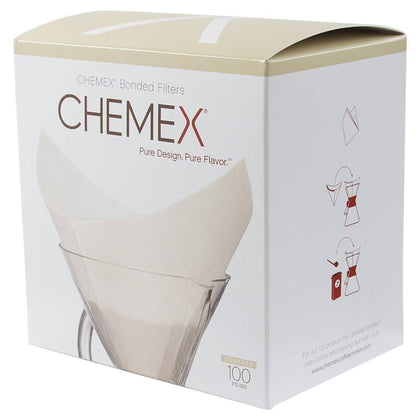
Leave a comment